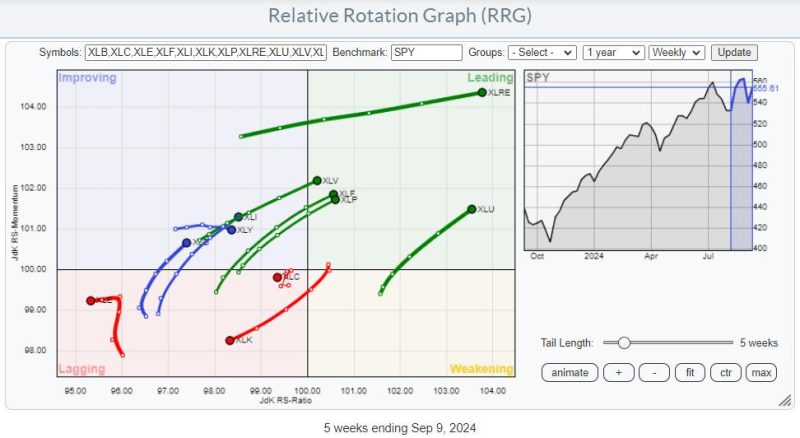In the realm of consumer staples sector, a familiar pattern is emerging that has industry insiders and investors buzzing with uncertainty. Despite the sector’s reputation for stability and resilience, recent trends have raised concerns about potential underlying weaknesses that could have far-reaching implications. This article delves into the deja vu moment in the consumer staples sector and the warning signals that are causing apprehension among key players.
The consumer staples sector has historically been viewed as a safe haven for investors seeking stability and reliable returns. Companies in this sector produce essential goods that consumers need on a daily basis, such as food, beverages, household products, and personal care items. This inherent demand for their products has traditionally insulated consumer staples companies from economic downturns and market volatility, making them attractive investments during uncertain times. However, recent developments suggest that this long-held belief may no longer hold true.
One of the key warning signals that has caught the attention of industry observers is the recurring pattern of declining sales and profitability among major consumer staples companies. Several leading players in the sector have reported lackluster financial results, citing factors such as changing consumer preferences, increased competition, and rising costs as contributing factors. This downward trend is reminiscent of previous periods of stagnation in the consumer staples sector, raising concerns that a broader slowdown may be on the horizon.
Another cause for concern is the shifting landscape of consumer behavior and preferences in the digital age. With the rise of e-commerce and direct-to-consumer brands, traditional consumer staples companies are facing stiff competition from new entrants that offer innovative products and personalized shopping experiences. This disruption in the industry has forced established companies to adapt quickly or risk losing market share to more agile competitors. The consumer staples sector’s failure to keep pace with these changes could spell trouble for its long-term growth prospects.
Moreover, changing regulatory environments and geopolitical uncertainties are adding to the challenges facing consumer staples companies. Tariffs, trade wars, and shifting government policies can have a significant impact on supply chains, production costs, and consumer demand, creating further uncertainty for companies operating in this sector. The inability to navigate these external factors effectively could jeopardize the financial health and stability of consumer staples companies in the long run.
In conclusion, the deja vu moment in the consumer staples sector serves as a stark reminder that no industry is immune to disruption and change. As warning signals continue to mount, it is imperative for companies in this sector to reevaluate their strategies, innovate their products, and adapt to evolving market dynamics in order to stay competitive and secure their long-term success. Only by proactively addressing these challenges can consumer staples companies hope to weather the storm and emerge stronger on the other side.



























